Adoption of Smart Contracts in Business
The integration of smart contracts within the web 3-0-blockchain market is gaining traction in South America. These self-executing contracts facilitate automated transactions and reduce the need for intermediaries, thereby streamlining business processes. Industries such as real estate and supply chain management are increasingly adopting smart contracts to enhance efficiency and transparency. Reports indicate that the smart contract market in South America could reach $1 billion by 2026, reflecting a growing recognition of their potential to revolutionize traditional business practices. This trend is likely to drive further investment in the web 3-0-blockchain market.
Emergence of Digital Identity Solutions
The web 3-0-blockchain market in South America is witnessing a notable shift towards digital identity solutions. These solutions leverage blockchain technology to provide secure and verifiable identities, which is crucial in a region where identity theft and fraud are prevalent. As governments and organizations increasingly recognize the importance of secure digital identities, investments in this area are expected to rise. For instance, the market for digital identity solutions in South America is projected to grow at a CAGR of 25% from 2025 to 2030. This growth is likely to enhance trust in online transactions and foster greater participation in the web 3-0-blockchain market.
Increased Investment in Blockchain Startups
Venture capital investment in blockchain startups is surging within the web 3-0-blockchain market in South America. Investors are increasingly drawn to innovative projects that leverage blockchain technology to solve local challenges, such as financial inclusion and supply chain transparency. In 2025, it is estimated that investment in blockchain startups in the region could exceed $500 million, indicating a robust interest in fostering technological advancements. This influx of capital is likely to accelerate the development of new applications and services, further propelling the growth of the web 3-0-blockchain market.
Expansion of Blockchain Education and Training
The web 3-0-blockchain market in South America is experiencing a surge in educational initiatives aimed at fostering blockchain literacy. Universities and training institutions are increasingly offering courses and certifications in blockchain technology, which is essential for building a skilled workforce. This educational expansion is likely to address the talent gap in the industry, enabling more individuals to participate in blockchain-related projects. As of 2025, it is estimated that the number of blockchain-related courses in South America has increased by 40% compared to previous years. This focus on education is expected to support the long-term growth of the web 3-0-blockchain market.
Growing Interest in Decentralized Applications
The rise of decentralized applications (dApps) is becoming a defining feature of the web 3-0-blockchain market in South America. These applications, which operate on blockchain networks, offer users greater control over their data and enhance privacy. As awareness of data security issues increases, more users are likely to gravitate towards dApps. The dApp market in South America is projected to grow significantly, with estimates suggesting a market size of $300 million by 2027. This trend indicates a shift in user preferences and could lead to a more decentralized digital ecosystem within the web 3-0-blockchain market.



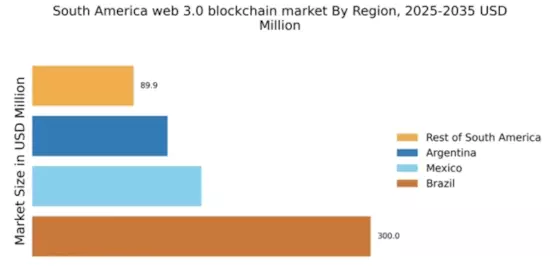
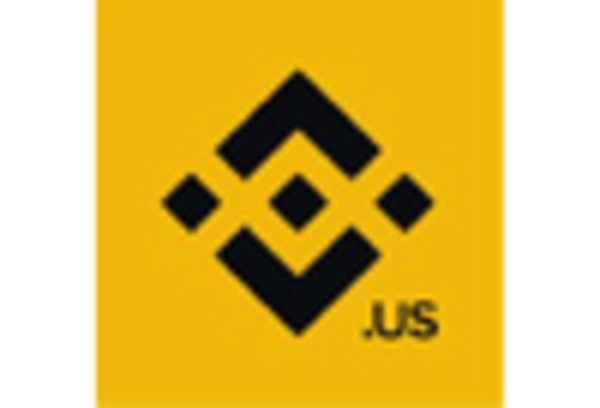
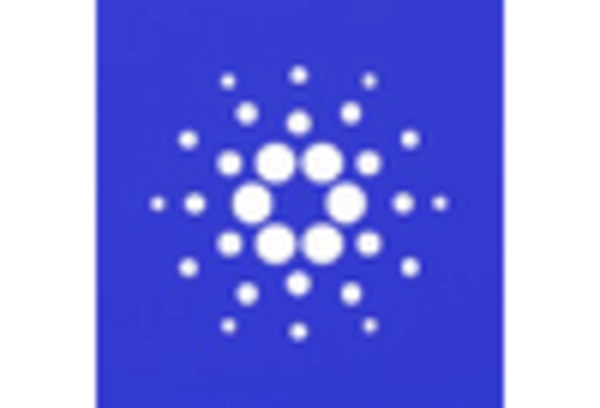
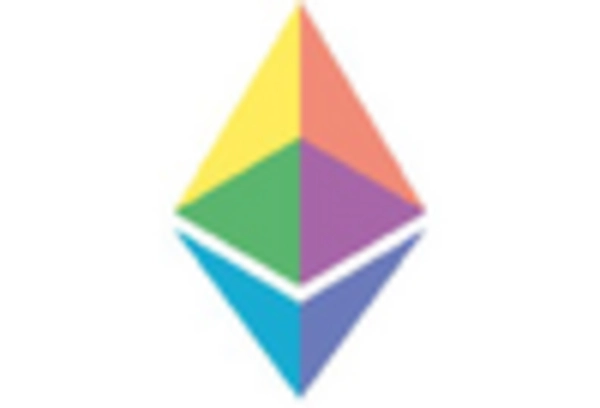
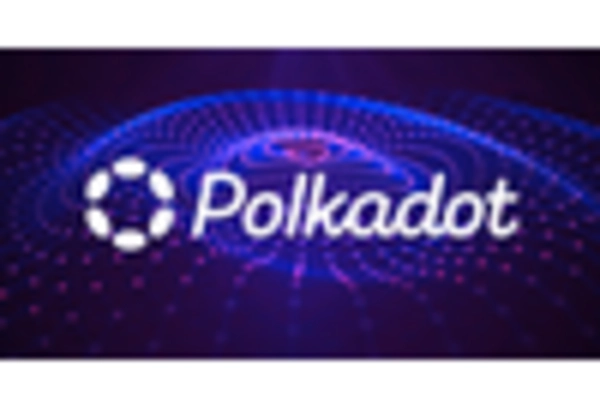
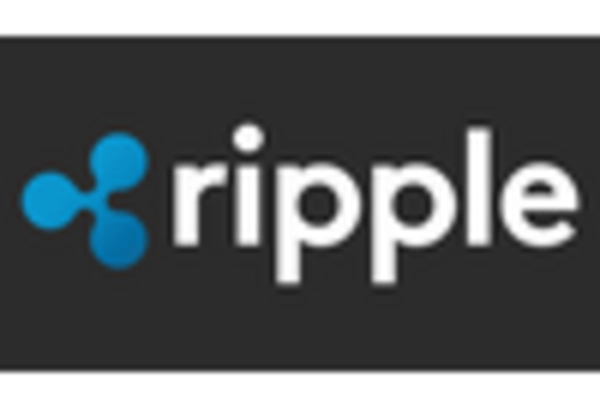
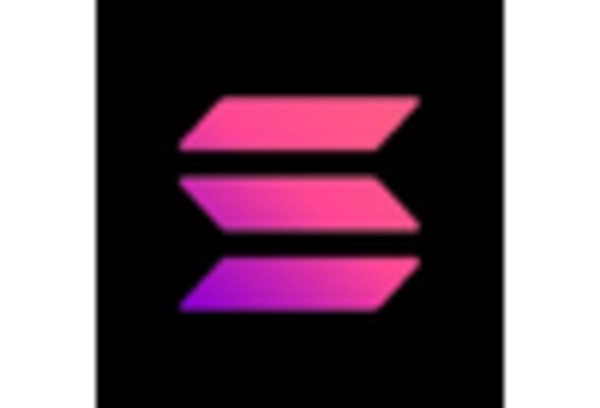








Leave a Comment